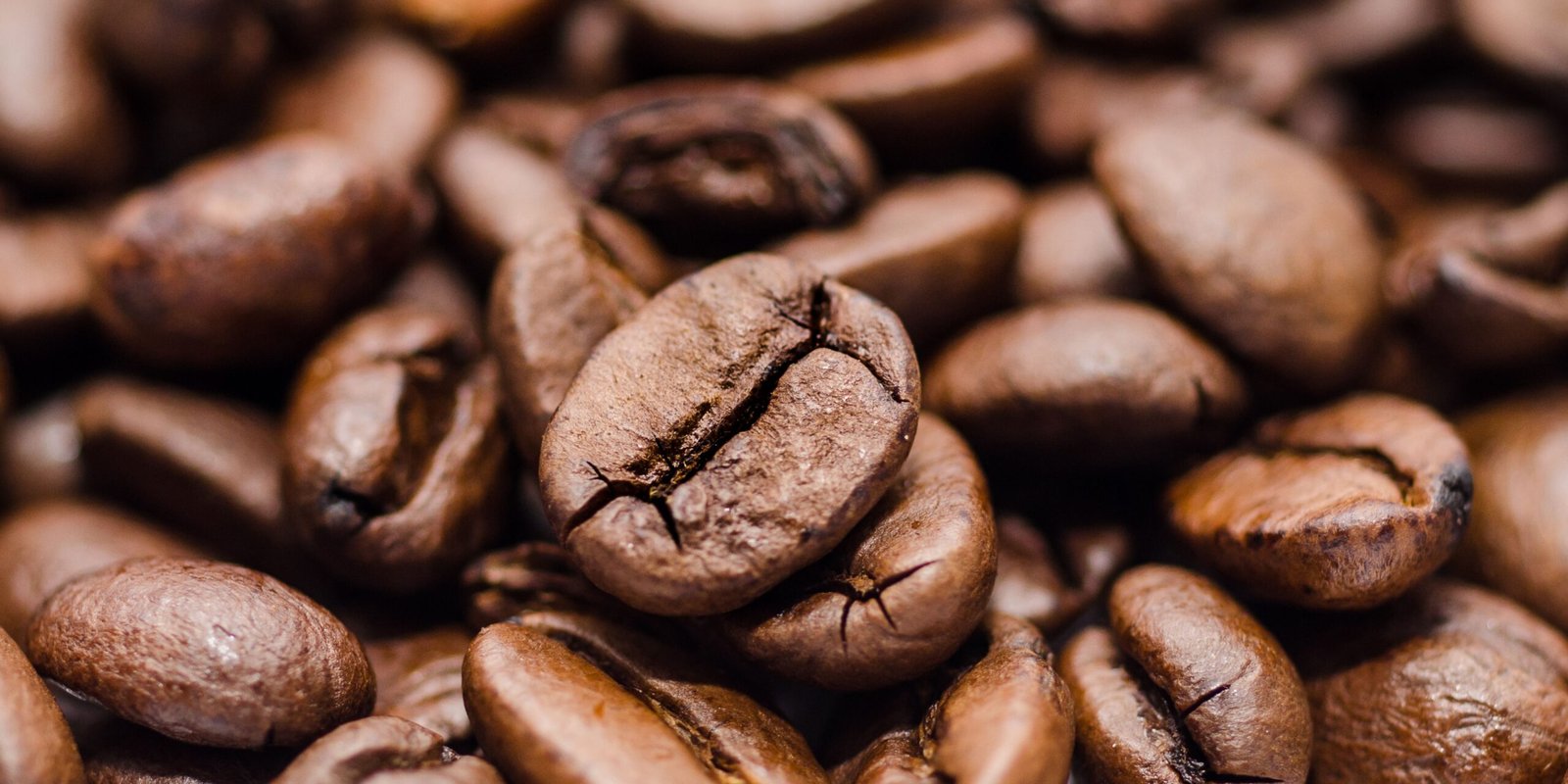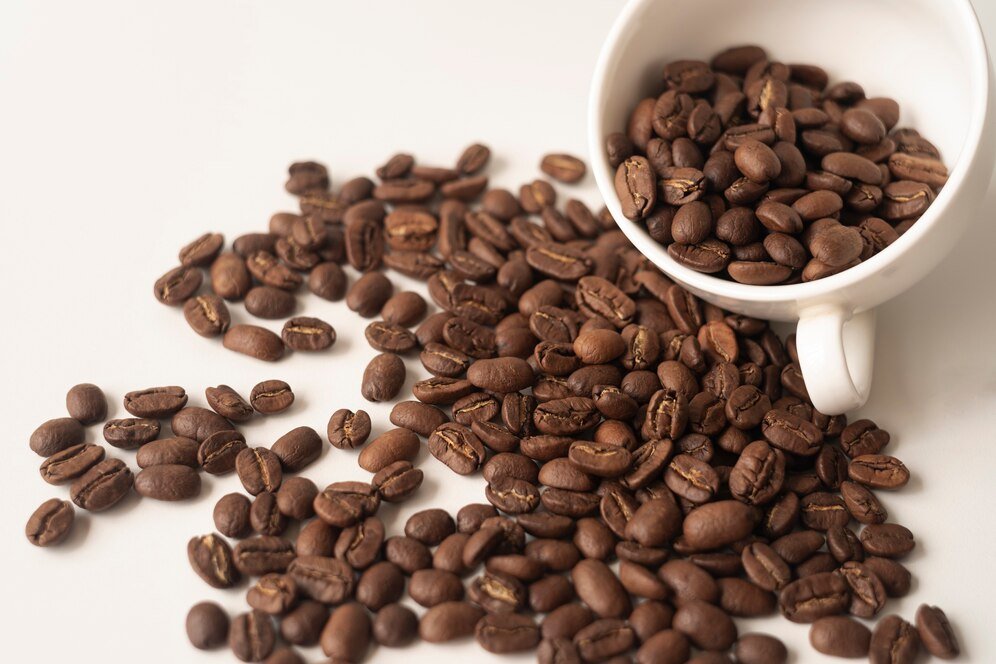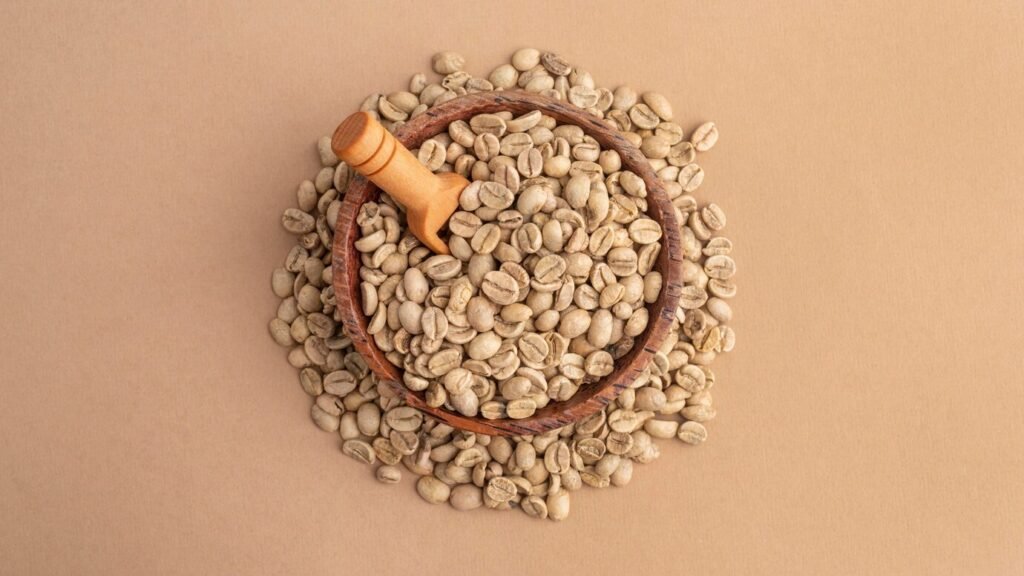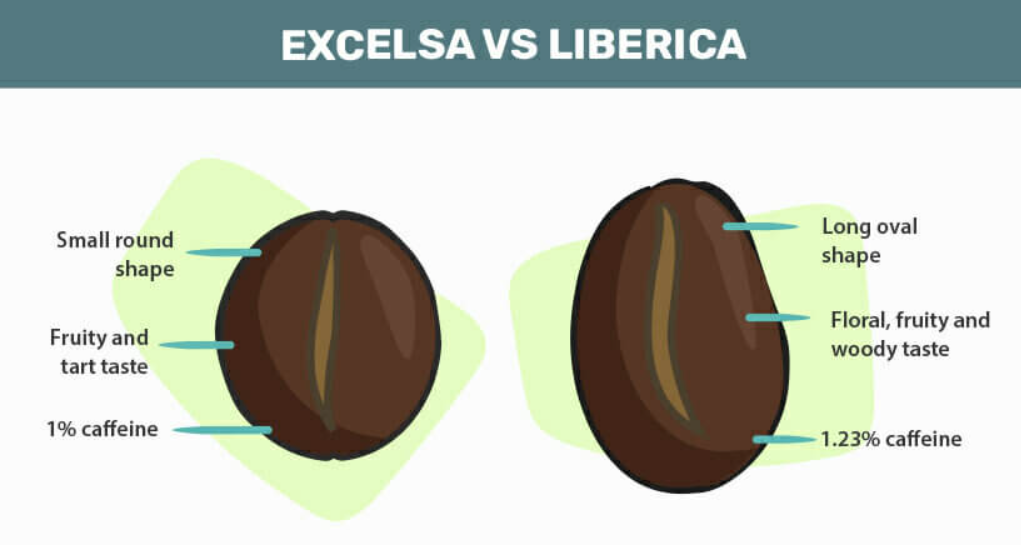Your cart is currently empty!


Coffee Beans Types: A Guide to Flavors and Origin
Coffee is not just a beverage; it’s a global phenomenon that transcends cultures and unites people from all walks of life. The journey from a simple coffee cherry to the aromatic brew in your cup is one of complexity and variety, shaped by the diverse world of coffee beans. Understanding the different coffee beans types is crucial to unlocking the potential of every cup, whether you’re brewing a morning pick-me-up or exploring the subtleties of a specialty roast.
The Main Coffee Bean Types
Coffee beans are the seeds of the coffee plant, and while there are many varieties, four main types dominate the market. These are Arabica, Robusta, Liberica, and Excelsa. Each type has its own unique characteristics, flavor profiles, and growing conditions, which significantly impact the final taste of the coffee.
Arabica: The Crown Jewel of Coffee Beans
Arabica coffee is the most popular and widely consumed coffee beans types, accounting for about 60-70% of the world’s coffee production. Its popularity stems from its smooth, complex flavor profile, which can range from sweet and fruity to nutty and chocolaty.
Popular Growing Regions: Arabica is also grown in Ethiopia, Costa Rica, and Mexico, each adding unique regional flavors to the beans.
Origins and History: Arabica coffee originated in the highlands of Ethiopia and was first cultivated over a thousand years ago. Today, it’s grown primarily in Latin America, with Brazil and Colombia being the leading producers.
Characteristics: Arabica beans are oval-shaped with a curved crease, and they thrive in higher altitudes with cooler climates. These beans are known for their mild acidity, balanced flavor, and aromatic qualities.

For more insights into Arabica’s unique characteristics, explore our guide on Malnad Coffee to understand why our Malenadu Coffee Powder is celebrated for its superior quality.
Robusta: The Bold and Bitter Alternative

While Arabica may be the favorite, Robusta coffee beans are the second most popular type, known for their strong, bitter flavor and higher caffeine content. These beans are often used in espresso blends to add body and depth.
- Characteristics: Robusta beans are smaller and rounder than Arabica, with a straight crease. They are more resilient to pests and diseases, making them easier to cultivate. The flavor is robust and earthy, with a slight bitterness and less acidity compared to Arabica.
- Popular Growing Regions: Vietnam is the largest producer of Robusta beans, followed by countries like Brazil, Indonesia, and various African nations.
For a deeper dive into how Robusta beans are used in modern blends, check out our Ultimate Guide to Modern Coffee Powder.
Lesser-Known Varieties: Liberica and Excelsa
While Arabica and Robusta dominate the market, there are other unique coffee bean types that offer distinct flavors and experiences.
- Liberica: Known for its fruity and floral notes, Liberica beans are larger and more irregular in shape. Coffee enthusiasts consider it a special treat because they grow primarily in the Philippines and parts of Malaysia, making them rare.
- Excelsa: Often considered a variety of Liberica, Excelsa beans have a tart, fruity flavor with a unique profile that adds complexity to coffee blends. They are grown in Southeast Asia and are prized for their distinctive taste.

Specialty Coffee Beans: A World of Flavors
Specialty coffee beans are those that score highly in quality, flavor, and sustainability. The farmers carefully cultivate, harvest, and process these beans to meet the highest standards.
- What Qualifies as a Specialty Coffee Bean? Graders grade specialty beans using a scale, only considering those that score 80 points or higher (out of 100) as specialty grade. These beans are often single-origin, meaning they come from a specific region, farm, or even a single plot of land.
- The Role of Certification: Certifications like Fair Trade and Organic play a crucial role in specialty coffee, ensuring that farmers produce beans ethically and sustainably. This not only benefits the environment but also the farmers who cultivate them.
Discover more about how specialty beans contribute to the rich tapestry of coffee culture in our Ultimate Guide to Single Origin Coffee.
Flavor Profiles and Tasting Notes
The flavor of coffee is influenced by several factors, including the type of bean, its origin, and the roasting process. Understanding these factors can help you choose the right beans for your palate.
Arabica vs. Robusta: A Flavor Showdown
- Arabica: The delicious complexity and nuance of Arabica beans are well-known. They can be sweet, fruity, or nutty, with a pleasant acidity that balances the flavors.
- Robusta: Robusta beans, on the other hand, are more bitter and earthy, with a heavier body and less acidity. The higher caffeine content also contributes to a stronger, more intense flavor.
The Impact of Terroir
Terroir influences coffee flavor; Brazilian beans are nutty and chocolatey, while Ethiopian beans offer fruity, floral notes.
Roasting Levels and Their Effects
The roasting process also greatly influences the flavor of coffee. Light roasts preserve the original flavors of the bean, resulting in a brighter, more acidic cup. Medium roasts strike a balance between acidity and body, while dark roasts have a bold, smoky flavor with lower acidity.
To learn more about the art of roasting and its impact on flavor, explore our Gourmet Coffee Journey.
The Science Behind Coffee Beans
The journey from coffee cherry to roasted bean involves several steps, each contributing to the final product.
The Botanical Aspects of Coffee
Coffee plants belong to the genus Coffea, and the two most common species are Coffea Arabica and Coffea Canephora (Robusta). These plants thrive in tropical climates, typically at altitudes between 600 to 2,000 meters above sea level.
From Cherry to Bean: The Process
- Harvesting: Farmers usually handpick coffee cherries to ensure they select only the ripest fruits.
- Processing: Coffee farmers typically process coffee cherries by either sun-drying them or removing the pulp with water before drying.
- Roasting: The final step is roasting, where the beans are heated to develop their flavors. The roasting process can range from light to dark, each level bringing out different characteristics in the beans.
For an in-depth look at the coffee processing stages, check out our Exploring the Magic of Coffee Plantations.
Sustainability in Coffee Production
Sustainability is a growing concern in the coffee industry, as climate change and deforestation threaten the future of coffee cultivation.
The Importance of Sustainable Farming Practices
Sustainable farming practices are essential to preserving the environment and ensuring the long-term viability of coffee production. This includes using organic fertilizers, conserving water, and protecting biodiversity.
Preserving Coffee Diversity
Efforts like World Coffee Research preserve coffee diversity, developing resilient varieties against climate change threats.
Learn more about the importance of sustainability in coffee farming in our Guide to Running a Successful Coffee Company.
Choosing the Right Coffee Bean for You
Selecting the right coffee beans depends on your taste preferences and brewing method.
How to Choose Based on Flavor
- Light Roast: If you prefer a bright, acidic coffee with fruity or floral notes, opt for a light roast, preferably from a single origin like Ethiopia or Kenya.
- Medium Roast: For a balanced cup with both acidity and body, choose a medium roast from regions like Colombia or Brazil.
- Dark Roast: If you enjoy a bold, smoky flavor with lower acidity, go for a dark roast, often made from Robusta or a blend of Arabica and Robusta.
Tips on Buying and Storing Coffee Beans
When buying coffee beans, look for freshness and quality. Whole beans are preferable as they retain their flavor longer than pre-ground coffee. Store your beans in an airtight container in a cool, dark place to preserve their freshness.
For more tips on selecting and storing coffee, explore our Top-Rated Coffees Guide.
Experiment and Explore
Don’t be afraid to explore beyond the familiar. Coffee is as diverse as the cultures that enjoy it, and each coffee bean origin offers a unique taste experience. By trying different varieties and blends, you can expand your appreciation for this beloved beverage. Whether you’re brewing a cup of low-acid coffee for a smooth morning start or indulging in the rich flavors of gourmet coffee, the possibilities are endless.
For those who enjoy a bold and intense flavor, consider trying a cup of Bulletproof Coffee, which combines the richness of coffee with the energy-boosting benefits of healthy fats. If you’re curious about how different processing methods affect taste, our Complete Guide to Luwak Coffee offers fascinating insights into one of the most unique and controversial coffees in the world.
The Final Brew: Choosing Malenadu Taste and Travel
At Malenadu Taste and Travel, we believe that coffee is more than just a drink—it’s an experience. Our quality, sustainability, and authenticity reflect Malenadu’s coffee traditions, enhancing your journey with specialty coffee.
So, what are you waiting for? Dive into the diverse world of coffee beans, experiment with different flavors, and discover the perfect brew that suits your taste. Visit our New Arrivals section to explore our latest offerings, and don’t forget to check out our Top 30 Unique Coffee Recipes for creative ways to enjoy your coffee.
Remember, the perfect cup of coffee starts with understanding the beans. Savoring Ethiopian Arabica or Vietnamese Robusta, your coffee experience deepens with knowledge of different coffee beans types.
Explore. Experiment. Enjoy. And most importantly, let your coffee journey begin with Malenadu Taste and Travel, where every sip tells a story.
For more information on the diverse world of coffee, visit our comprehensive guides on The Ultimate Guide to Black Coffee, Cappuccino Chronicles, and The Ultimate Guide to the Americano.
Conclusion
Understanding the different coffee beans types is key to unlocking the full potential of your coffee experience. Explore a world of coffee and be drawn to the nuanced flavors of Arabica, the boldness of Robusta, or the unique characteristics of Liberica and Excelsa. We encourage you to experiment with different beans, roast levels, and brewing methods to find your perfect cup.
For a truly unique coffee experience, try our Malenadu Coffee Powder. This blend is a testament to the rich coffee heritage of Karnataka’s Malenadu region, where sustainable farming practices and a deep respect for tradition come together to produce coffee that is as flavorful as it is environmentally responsible.
Whether you’re an aficionado seeking the finest specialty coffee beans, or someone new to the world of coffee looking to discover the right coffee beans types for your taste, Malenadu Taste and Travel offers a range of options that cater to every preference. From our carefully curated selection of single-origin beans to our expertly crafted blends, you’re sure to find something that delights your palate.
External Resources:
- For further reading on coffee bean varieties and their impact on flavor, check out this detailed article from Devans.
This blog post is part of Malenadu Taste and Travel’s ongoing commitment to providing educational and engaging content for coffee lovers and connoisseurs alike. Stay tuned for more articles that explore the fascinating world of coffee, from bean to brew.




Leave a Reply